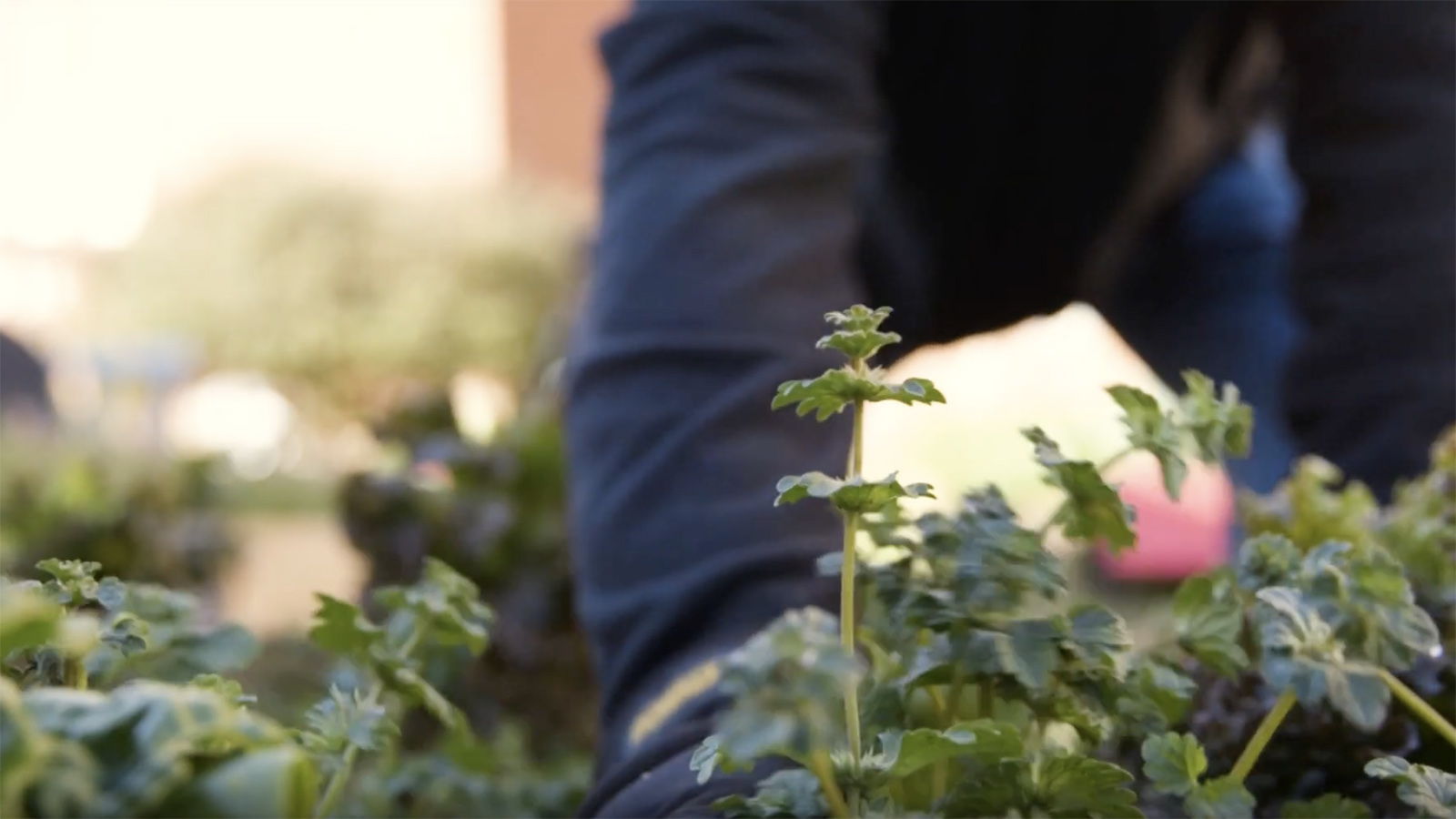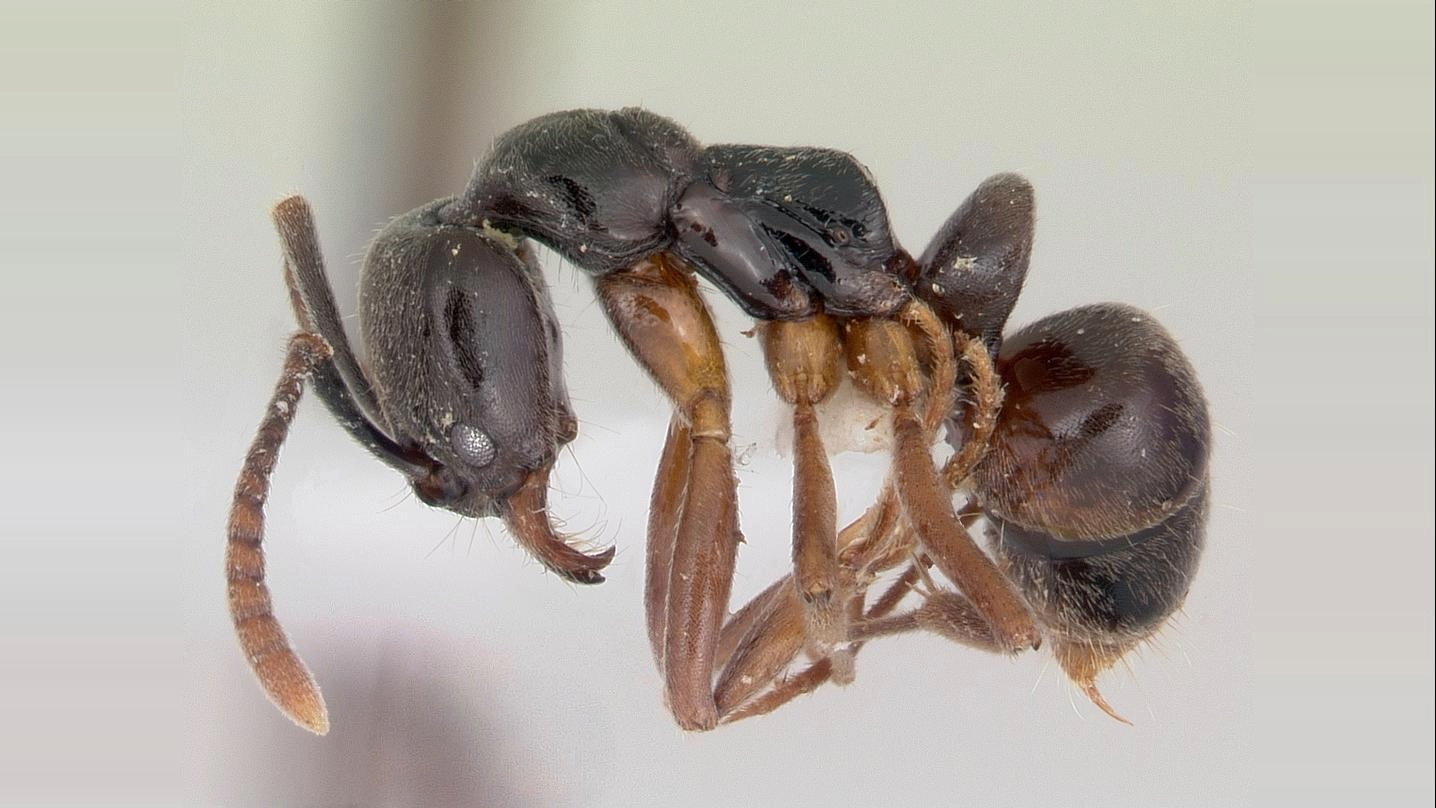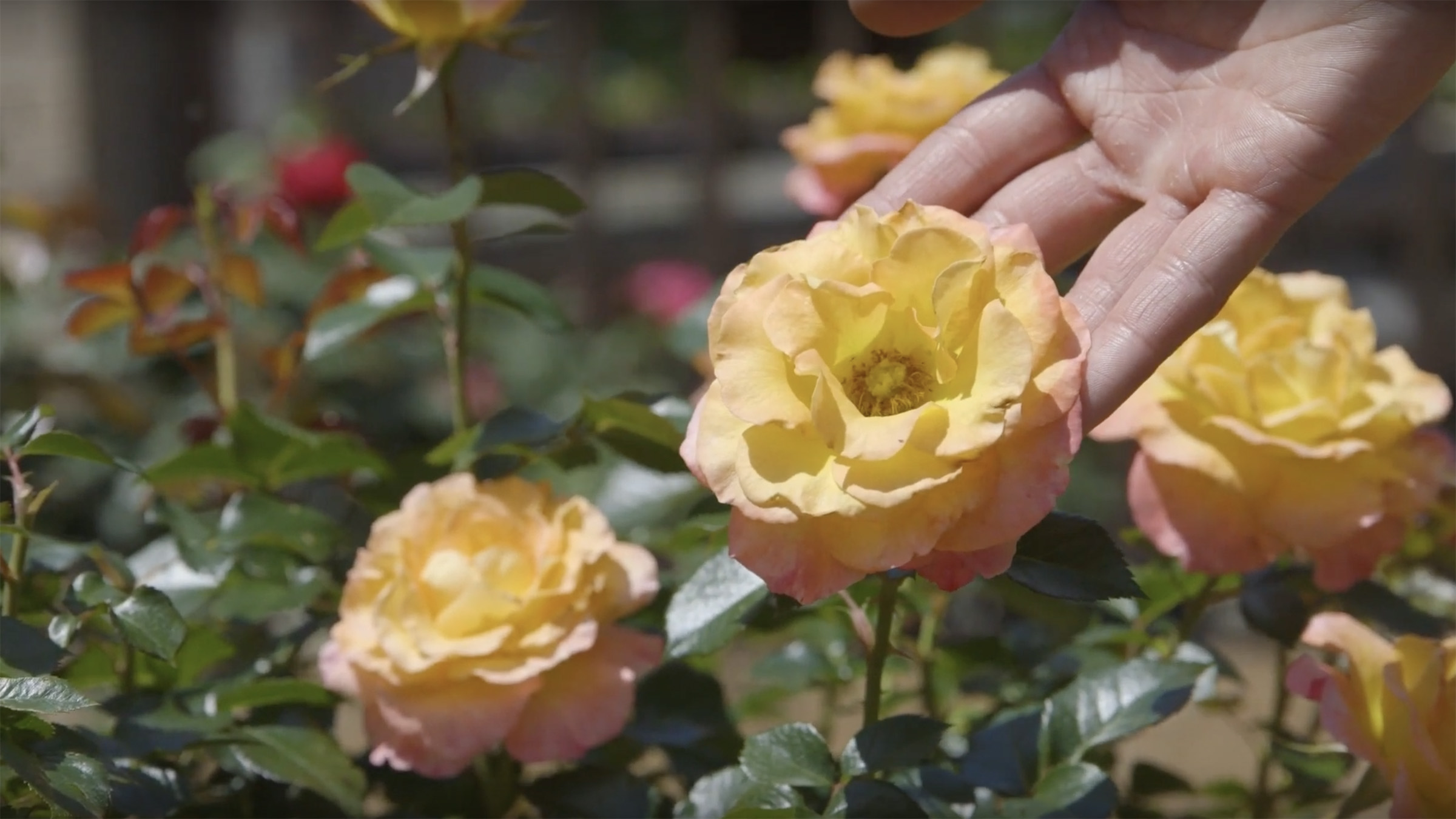North Carolina weather can be beautiful in mid-February. Temperatures often reach the upper 60s and above across most of the state. Many of us venture out in T-shirts and shorts. Some intrepid souls might even head to the beach.
But don’t let the warm temperatures fool you.
False spring can give false hope. Winter hasn’t given up, not by a long shot.
Low temperatures can plunge back into the teens. Highs can struggle to get above freezing well into March. Average last freeze dates run from mid to late March in coastal counties to mid May in the western mountains. For gardeners, as tempting as it is to get outside, it’s not yet time.
Instead, Doug Vernon, Extension assistant with NC State’s Plants for Human Health Institute (PHHI), advises spending some time tending your tools and your beds at the end of the fall garden season, which will help you be ready for early spring planting without the burden of carryover clean-up chores.
Vernon typically advises teachers who work in school gardens, but the message suits homeowners equally well. Follow these simple but effective tips to prepare your winter garden in this edition of Homegrown.
Vernon is a retired agricultural education teacher. In his role with Extension, he connects PHHI with the community, especially through local schools and school gardens. PHHI’s winter gardening tips for students are applicable to all – get excited about spring, request seed catalogs, begin planning beds, and even begin growing plants inside that can be moved outdoors when the danger of frost is over.
Another great resource for winter (and year-round) tips is the NC State Extension Master GardenerSM (EMG) program. Charlotte Glen, EMG state coordinator, says late winter is one of the most dangerous times of the year for plants.
Warm temperatures fool plants into thinking spring is nigh. They begin to grow or blossom, and become more susceptible to subsequent cold snaps.
But Glen knows her way around a garden, and she offers some timely tips to help your cold sensitive landscape plants and cool season vegetables survive winter cold snaps:
- If soils are dry, water the garden or landscape well a few days before extreme cold sets in. Moist soil holds heat longer and is more insulating than dry soil.
- Take care to not over water in winter – wet soils increase root and crown rot diseases.
- Plants growing in containers are more sensitive to cold than plants growing in the ground. Move containers to protected locations such as against the house under the eaves, into a garage or shed, or under dense trees.
- If containers cannot be moved, wrap the entire container in thick layers of insulating materials such as bubble wrap or old blankets, or build a wire cage around them and fill it with straw.
- Protect the blossoms of camellias, blueberries or other early blooming shrubs with row cover or blankets.
- Cover vegetables and cold sensitive landscape plants such as figs and gardenias during cold spells. Cold hardy vegetables should be covered when temperatures are expected to fall below 25 degrees. Half hardy or cold sensitive landscape plants should be covered when nighttime lows are expected to dip below 20.
Special Thanks
This segment of Homegrown was filmed in partnership with NC State University’s Plants for Human Health Institute. PHHI leverages world-leading expertise in nutrition, food and plant sciences to discover and deliver innovative plant-based strategies for advancing human health.
We deeply appreciate their partnership and support of Homegrown’s mission to connect North Carolinians with science-backed resources that enrich their lives and grow our state.
- Categories:



